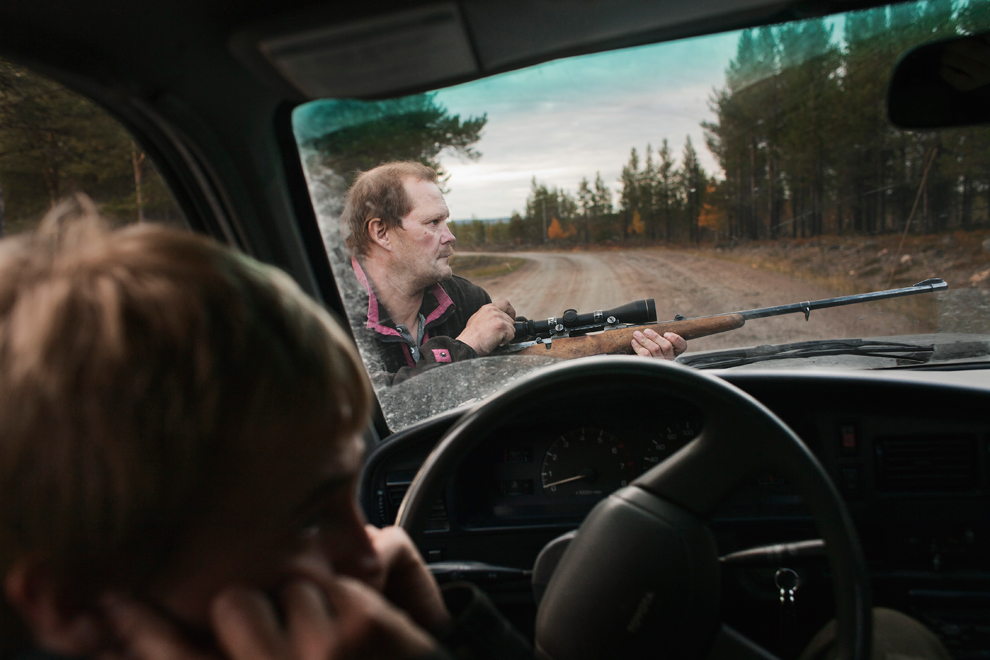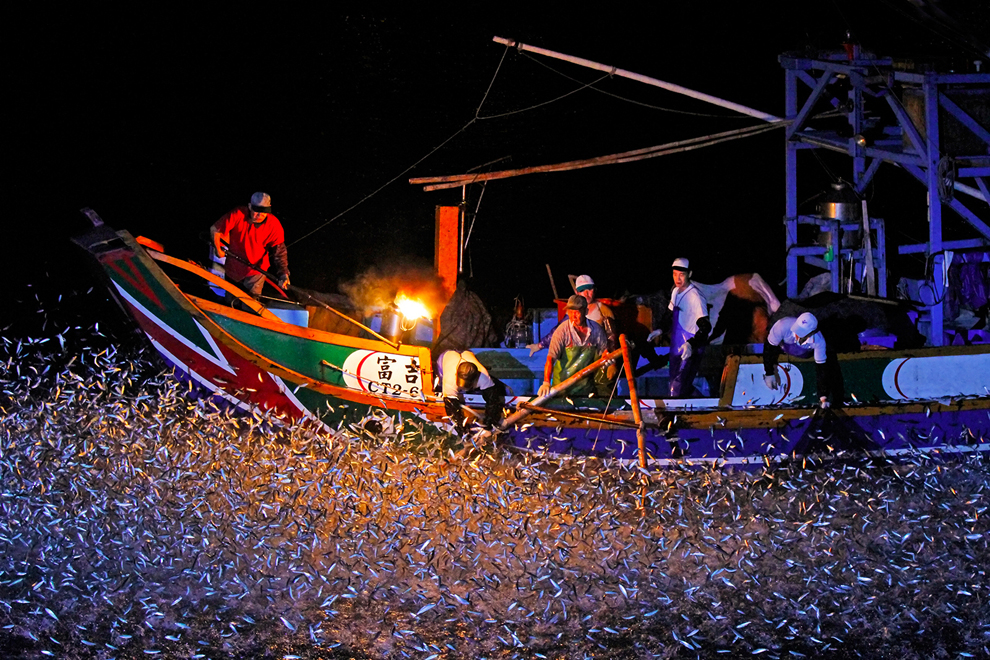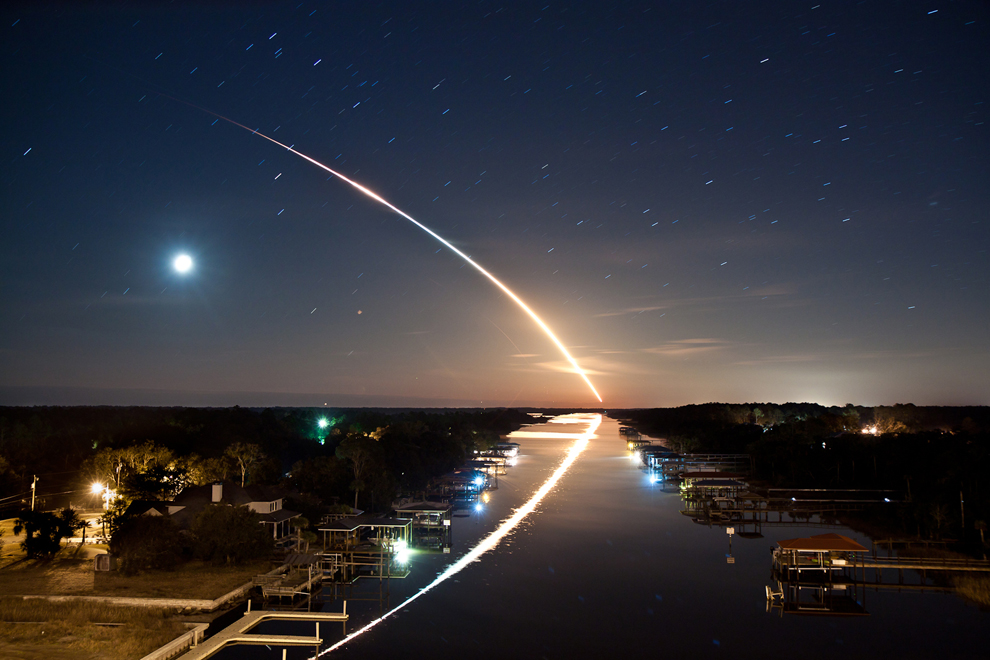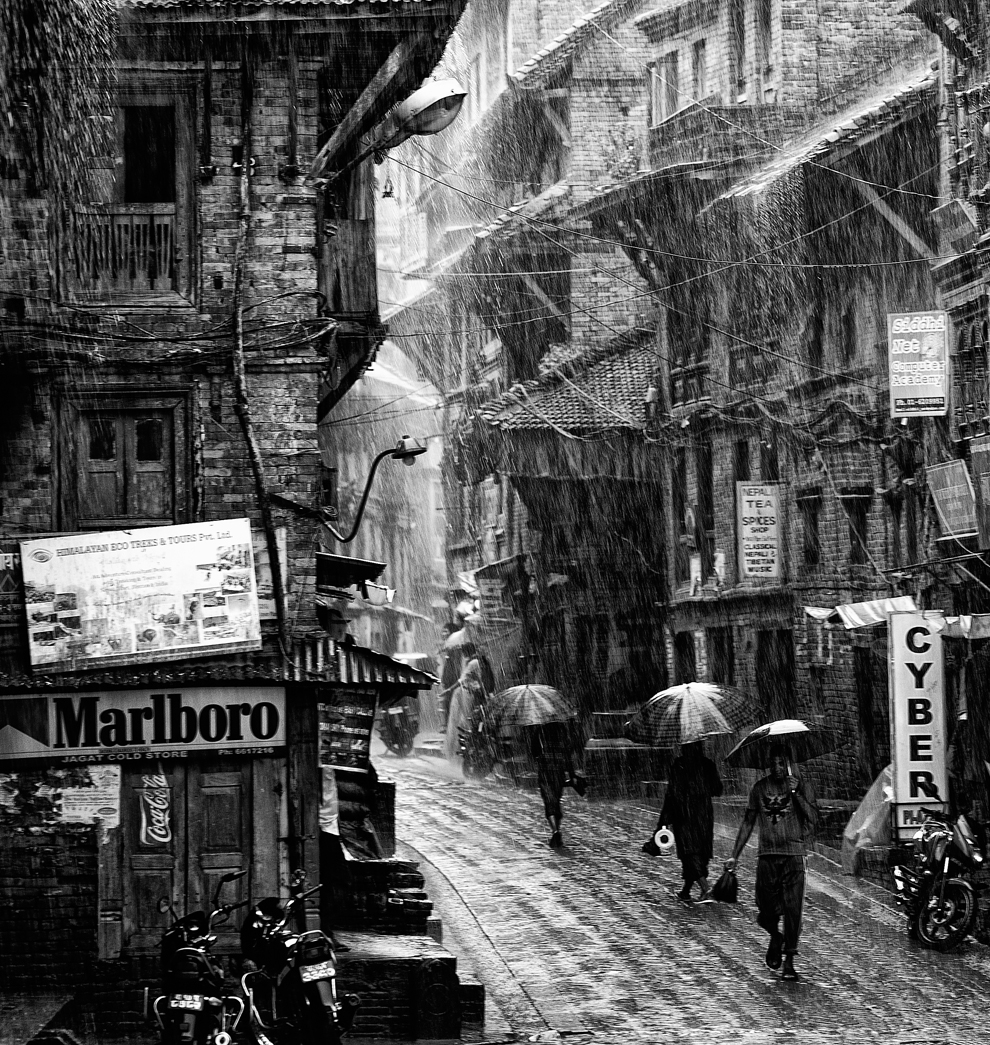Hoy aprovecho para dejarles un texto escrito por Jay Ruby y traducido por Francisca Pérez. Si están interesados en conocer el estado actual de esta sub disciplina de la antropología les recomiendo ampliamente el texto, a través de un análisis de los últimos 20 años, Ruby nos habla sobre su postura y visión particular sobre lo que él entiende como antropología visual.
Con el advenimiento de la era digital el potencial de comunicar el conocimiento antropológico es una tarea más asequible si lo comparamos a los costes de producción de hace 20 años. Y al parecer nos podemos acercar un poco más a la fantasía de Ruby, "... en donde un cine antroploógico exista -no documentales sobre temas "antropológicos" pero si películas diseñadas por antropólogos para transmitir ideas antropológicas."
La traducción está muy bien hecha y se puede encontrar aquí, que es la Revista Chilena de Antropología Visual o si prefieren leerlo en .pdf aqui lo pueden descargar

-1893-painting-artwork-print.jpg)





















